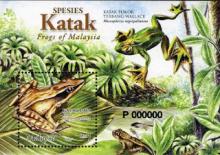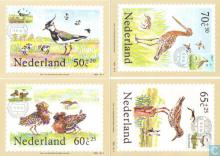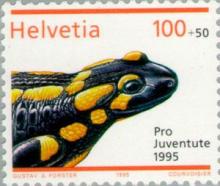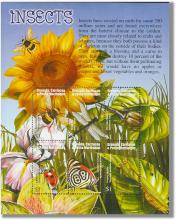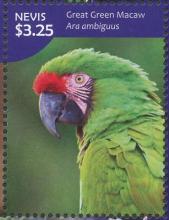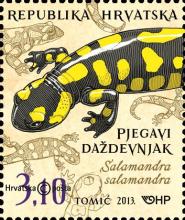
Outbreaks of infectious diseases in honey bees, fish, amphibians, bats and birds in the past two decades have coincided with the increasing use of systemic insecticides, notably the neonicotinoids and fipronil. A link between insecticides and such diseases is hypothesised. Firstly, the disease outbreaks started in countries and regions where systemic insecticides were used for the first time, and later they spread to other countries. Secondly, recent evidence of immune suppression in bees and fish caused by neonicotinoids has provided an important clue to understand the sub-lethal impact of these insecticides not only on these organisms, but probably on other wildlife affected by emerging infectious diseases. The negative impacts of pesticides, in particular insecticides, on bees and other pollinators have never been disputed. Insecticides can directly kill these vital insects, whereas herbicides reduce the diversity of their food resources, thus indirectly affecting their survival and reproduction. At sub-lethal level (bLD50), neurotoxic insecticide molecules are known to influence the cognitive abilities of bees, impairing their performance and ultimately impacting on the viability of the colonies. In addition, widespread systemic insecticides appear to have introduced indirect side effects on both honey bees and wild bumblebees, by deeply affecting their health. Immune suppression of the natural defences by neonicotinoid and phenyl-pyrazole (fipronil) insecticides opens the way to parasite infections and viral diseases, fostering their spread among individuals and among bee colonies at higher rates than under conditions of no exposure to such insecticides. This causal link between diseases and/or parasites in bees and neonicotinoids and other pesticides has eluded researchers for years because both factors are concurrent: while the former are the immediate cause of colony collapses and bee declines, the latter are a key factor contributing to the increasing negative impact of parasitic infections observed in bees in recent decades.

